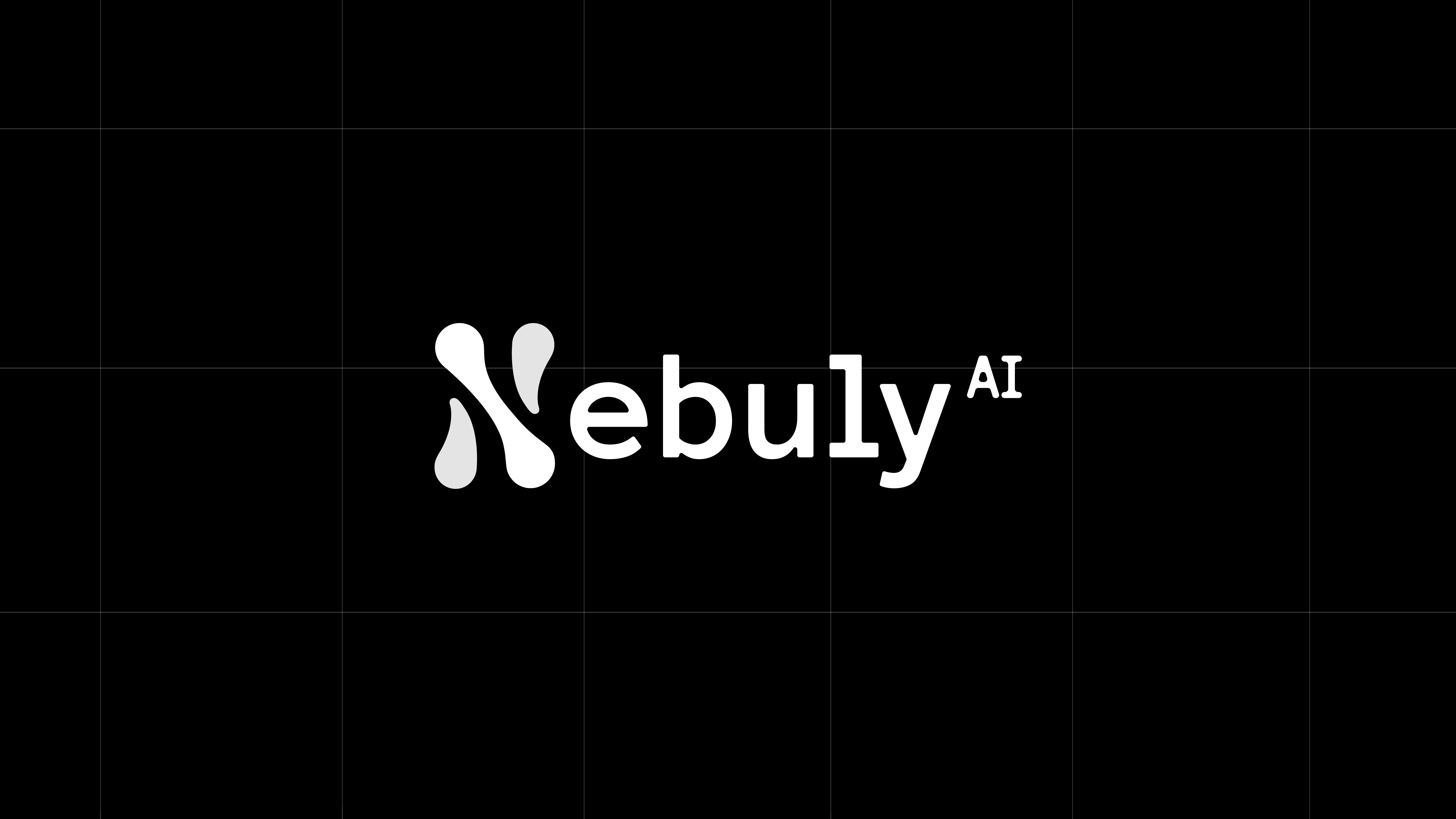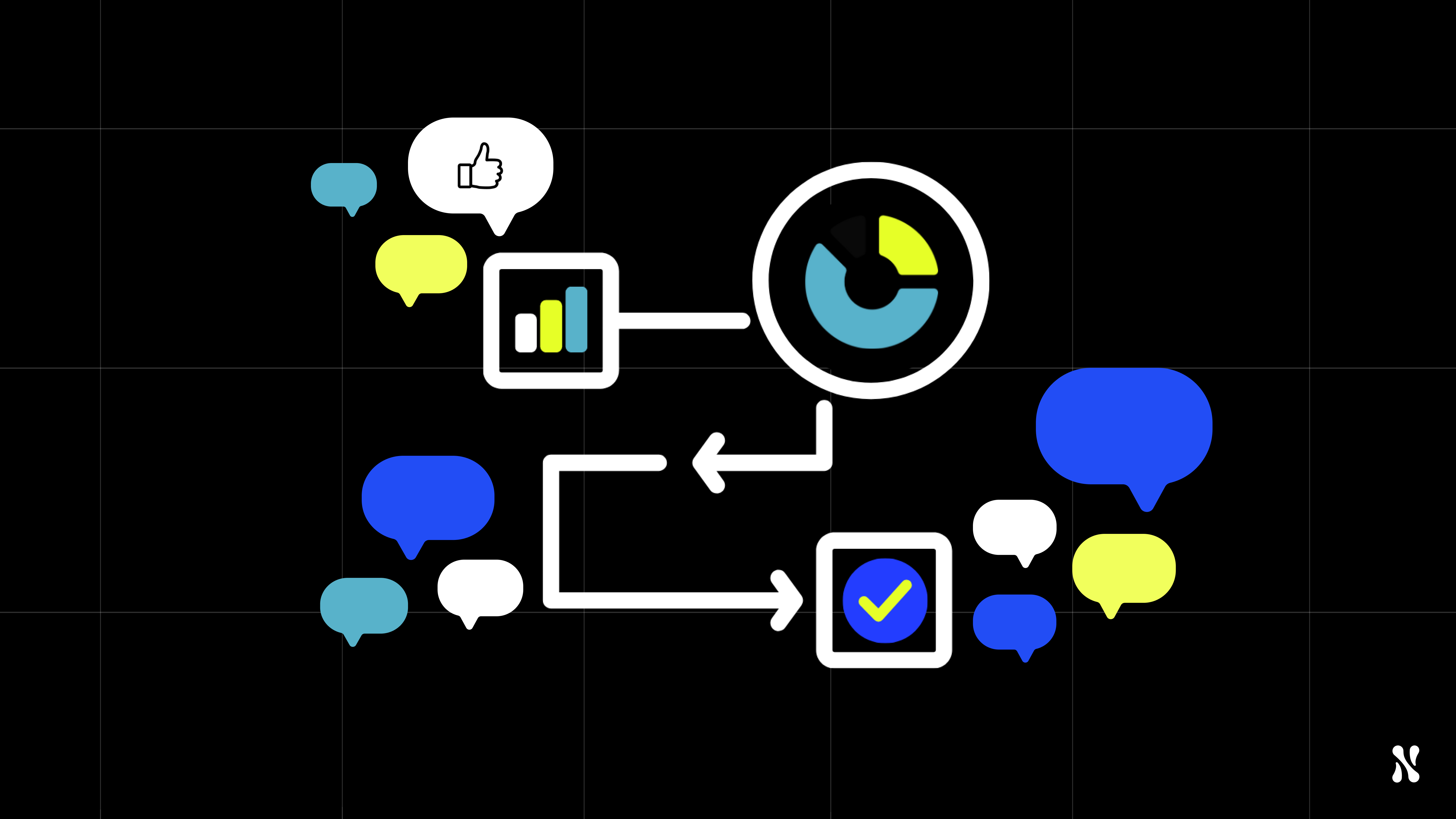What Are Large Language Models (LLMs)?
Large Language Models (LLMs) are a type of artificial intelligence designed to understand, generate, and interact with human language. They are built using vast amounts of text data and trained on large neural networks, often with billions of parameters, enabling them to perform complex tasks such as text generation, translation, summarization, and more. Examples of well-known LLMs include OpenAI's GPT-4, Google's BERT, and Meta's LLaMA.
LLM Licensing, Open Source vs. Proprietary.
Licensing is a crucial aspect when discussing LLMs, as it dictates how these models can be used, modified, and distributed. Licensing methods for LLMs generally fall into three categories:
- Proprietary Licenses: These licenses restrict access and usage of the model. The organization that developed the LLM retains control over its distribution, and users must comply with specific terms, often prohibiting commercial use without explicit permission. OpenAI's GPT models are an example of LLMs under a proprietary license.
- Open Source Licenses: Open source LLMs are available for anyone to use, modify, and distribute, often under permissive licenses like Apache 2.0 or MIT. However, "open source" is not a one-size-fits-all term; different licenses come with varying levels of freedom and restrictions. For instance, some may allow commercial use, while others may not.
- Hybrid Licenses: These models operate under licenses that blend elements of open source and proprietary terms. They might allow for usage and modification but under certain conditions, such as non-commercial use or with the requirement to attribute the original creator. Many Open Source advocates might argue that most models fall into this category, unless everything about the model and the way that it is allowed to use is fully Open sourced with a strong community and well known license.
The Ambiguity of Open Source in LLMs
The concept of "open source" in the context of LLMs is not tightly defined. While some models are entirely free for any use, others labeled as "open source" may have significant restrictions, particularly around commercial deployment, weights of the model and training data. This variability in licensing can lead to confusion for companies looking to integrate LLMs into their operations.
For organizations, the implications of using open-source LLMs depend heavily on the specific license in place. While open-source models can offer more flexibility in terms of customization and deployment, companies must carefully assess the license terms to avoid potential legal pitfalls, especially when it comes to commercial use or distribution.

Privacy Considerations: Proprietary vs. Open Source Models
Privacy is a major concern when it comes to deploying LLMs, particularly in sectors that handle sensitive data. Proprietary models like those from OpenAI may raise concerns due to the need to send data to external servers, where control over how the data is used or stored is limited. With proprietary models, it's up to the agreement between the provider and customer, how the data will be handled and potentially used for example training new models.
On the other hand, open-source LLMs offer the potential for greater privacy, especially when deployed on-premises or within a private cloud. With these models, organizations can retain complete control over their data and ensure that it remains within their own infrastructure. However, this approach requires robust cybersecurity measures to protect against potential breaches.
OpenAI: From Open to Proprietary
OpenAI is the best known LLM provider and also has been central to the Open source discussion in the industry. OpenAI began with the mission to openly share research and promote the development of AI for the benefit of all. The "Open" in OpenAI signaled this commitment. However, over time, as the organization developed more advanced and commercially viable models, it transitioned to a more closed, proprietary model. This shift was driven by concerns about the misuse of AI technology and the need for sustainable funding, but it has led to criticism from those who believe it contradicts the organization's original mission.
Leading Open Source LLMs
Despite the challenges, several powerful open-source LLMs have emerged, offering viable alternatives to proprietary models. Some of the top open-source (not proprietary) LLMs include:
Meta’s LLaMA
A high-performance model known for its efficiency in training and inference, available openly for research and commercial use. To exemplify the caveats in licenses, “Additional Commercial Terms. If, on the Llama 3.1 version release date, the monthly active users of the products or services made available by or for Licensee, or Licensee’s affiliates, is greater than 700 million monthly active users in the preceding calendar month, you must request a license from Meta, which Meta may grant to you in its sole discretion, and you are not authorized to exercise any of the rights under this Agreement unless or until Meta otherwise expressly grants you such rights.”
Google Gemma 2
Available in 9 billion and 27 billion parameter versions, Gemma 2 is released under a commercially-friendly Gemma license, allowing for both research and commercial use. It stands out for its efficiency and compatibility with major AI frameworks, making it a strong contender in the open-source LLM landscape.
Mistral Large 2
A 123 billion parameter model with a 128k context window, Mistral Large 2 supports multiple languages and coding languages. It is released under the Mistral Research License for research and non-commercial use, with a commercial license available for business applications.
About Nebuly: Improving LLMs Through User Insights
Nebuly is at the forefront of providing tools for optimizing the user experience of LLMs. Nebuly’s platform is designed to work seamlessly with all types of LLMs, offering insights that allow developers to fine-tune models for specific use cases. Whether you are working with a fully open-source model or a proprietary LLM, Nebuly empowers you to enhance model outputs, improve user retention, and maintain the freedom to adapt the model as your needs evolve.
Conclusion
As LLMs continue to transform industries, the choice between proprietary and open-source models is critical. Each offers unique benefits and challenges, particularly around cost, privacy, flexibility, and legal considerations. Companies must carefully weigh these factors when deciding which LLM to integrate into their operations. With tools like Nebuly, organizations can maximize the potential of large language models, ensuring they are optimized for user experience and aligned with business needs. If you’d like to know more about the Nebuly LLM user experience platform, please book a call with us.






